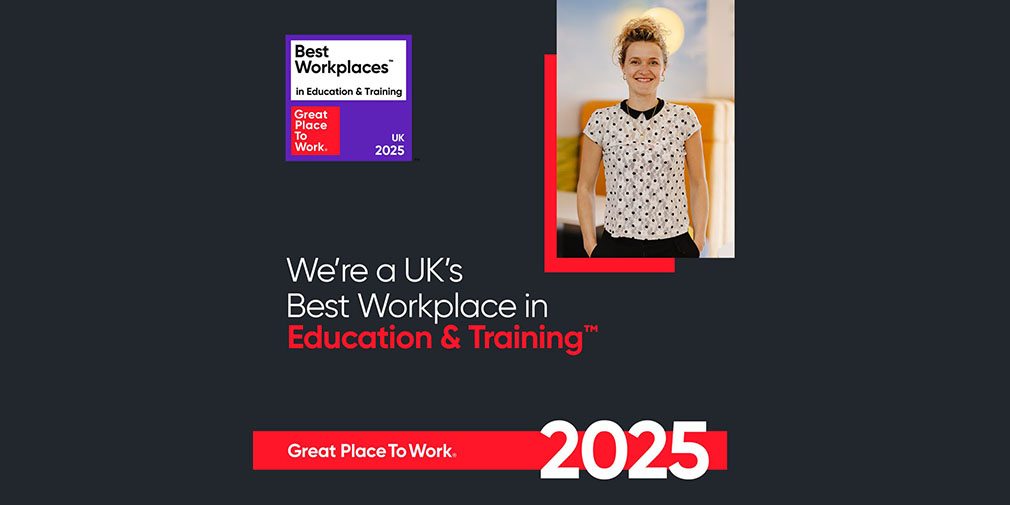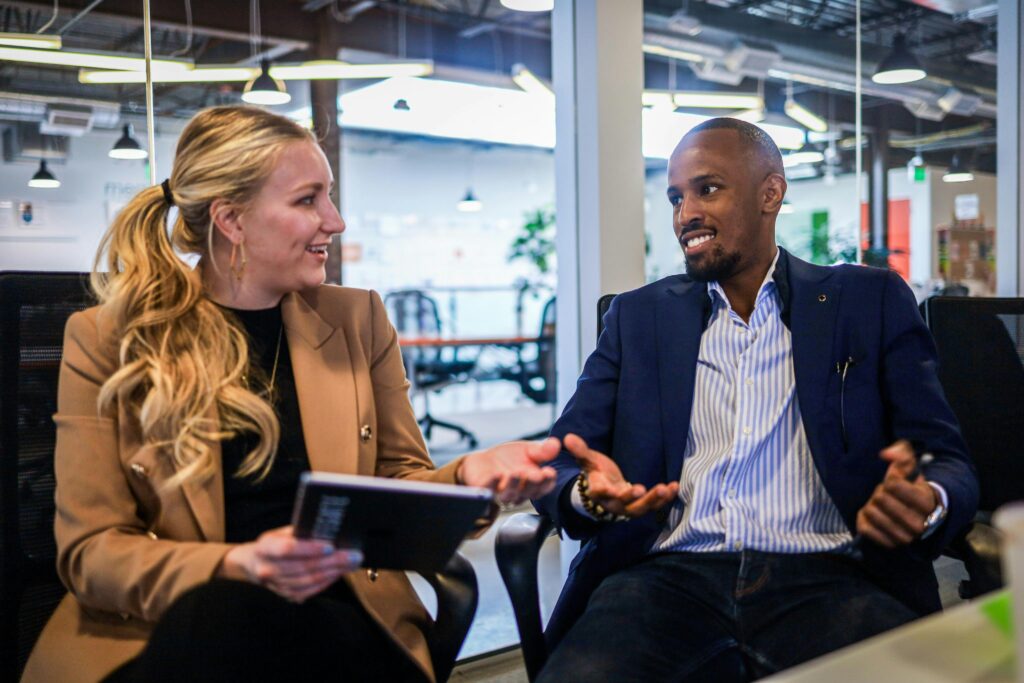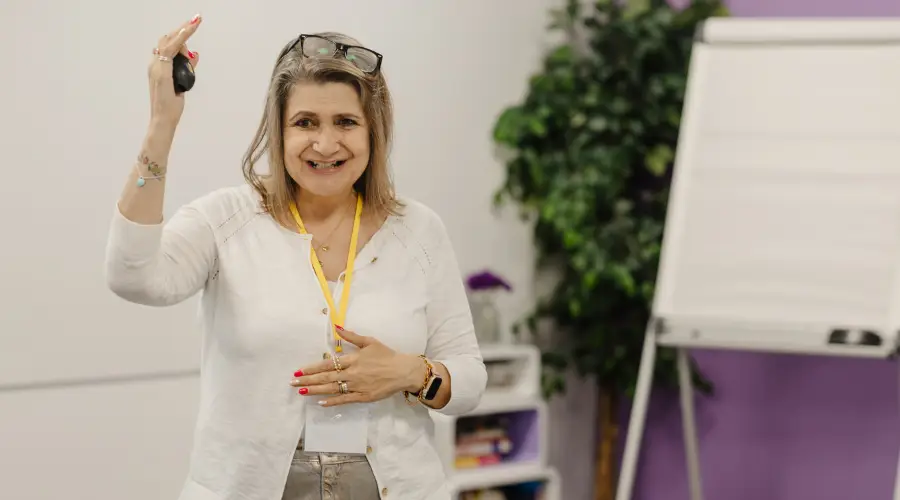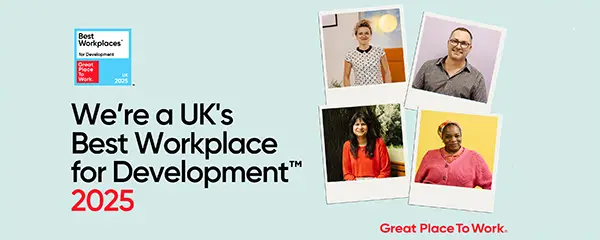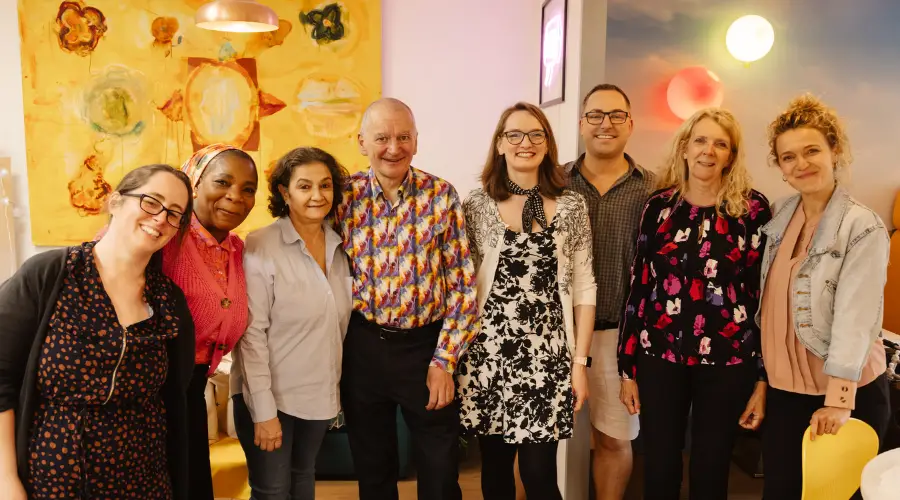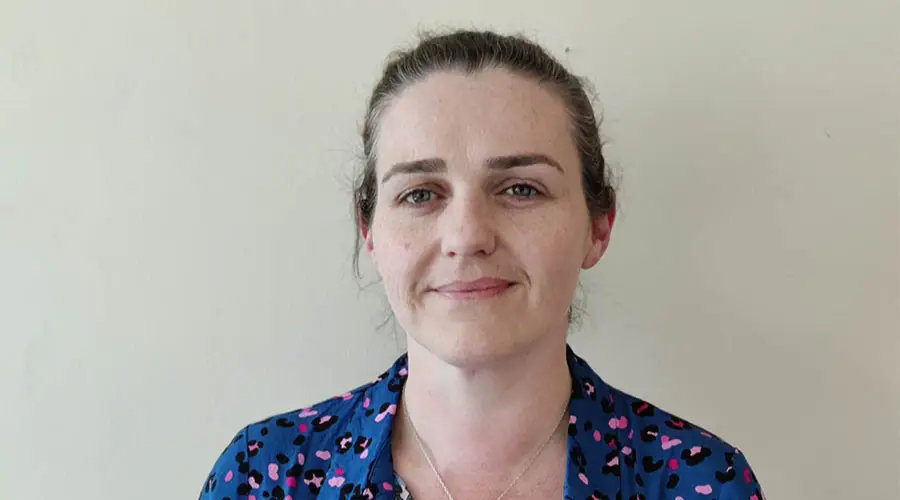The talks by both Seb Coe and Sir Philip Craven were short. but both used stories to create truly memorable images and move the emotions of the audience.
“The Best of Mankind”
Coe’s speech was just 392 words. But it was, as Jonathan Freedland tweeted, “pitch perfect”.
The core was the story of two gamesmakers, Andrew and Emily. Andrew was a doctor at St Mary’s hospital on his way to help out at boxing, who insisted on thanking Seb for the chance to volunteer:
“I was on duty on 7/7, that awful day. For me this is closure. I wasn’t sure I should come or whether I could face it. I’m so glad I did. For I’ve seen the worst of mankind and now I’ve seen the best of mankind.”
From Emily he quoted her response when asked what the games meant to her: “It has lifted the clouds of limitation”
“He Must be an Athlete”
Sir Philip Craven told the story of a friend who had shown her son a picture of a man with a parrot on his shoulder, a hook for a hand and a wooden leg. She asked who he thought it was, expecting him to say a pirate. Instead the boy, five year old George Glen, responded:
“Well he only has one leg, he must be an athlete.”
If Sir Philip had simply talked about how the Paralympics have changed public perceptions, the words would have been quickly forgotten. But we will probably all remember that story and the words of that little boy months from now.
Stories: The Core of Any Great Speech
That is the power of story. Most of the words we hear in speeches are quickly forgotten. But we are moved by and we remember stories. And we can all tell stories. With a little thought we can all include them in our speeches and presentations.
Indeed many speeches could benefit from ditching the rest of the words and keeping only the stories!
So next time you give a talk, whether it is to an audience of thousands or just a handful at work, think about the key points you want to make. And make sure you have a story to bring each point to life.


